il lycopodium (Lycopodium clavatum) hija pjanta li tappartjeni għall-familja ta' Lycopodiaceae. It is commonly known as witch grassfor some of its particular medieval uses. The botanical name Likopodju derives from the composition of the Greek terms lýcos= wolf e podion= foot, that is wolf’s footdue to the similarity of the branches to the legs of this animal. Clavatum instead it is the Latin translation of “club”, another reference to a botanical peculiarity. Lycopodium in its spores holds medicinal properties and more. It has always been used in popular medicine and still has a valuable role in modern herbal medicine.
In this article we discover all the secrets of this ancient plant.
Description of the lycopodium
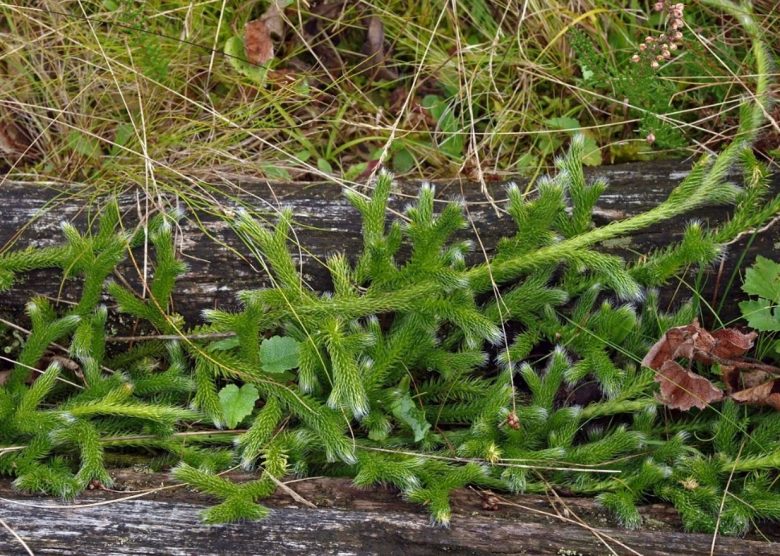
il Lycopodium clavatum it is a vascular plant, that is without flowers and seeds, of the perennial type, with the biological form of reptant chamaephite, that is to say that it survives over time thanks to buds placed no more than 20 cm deep in the ground.
It has a main stem creeping to the ground, up to 1 m long, which emits adventitious roots here and there. The stem is very branched, with secondary branches more or less erect and 10-20 cm high. Overall it has the appearance of a more or less dense bush flattened to the ground.
Weraq
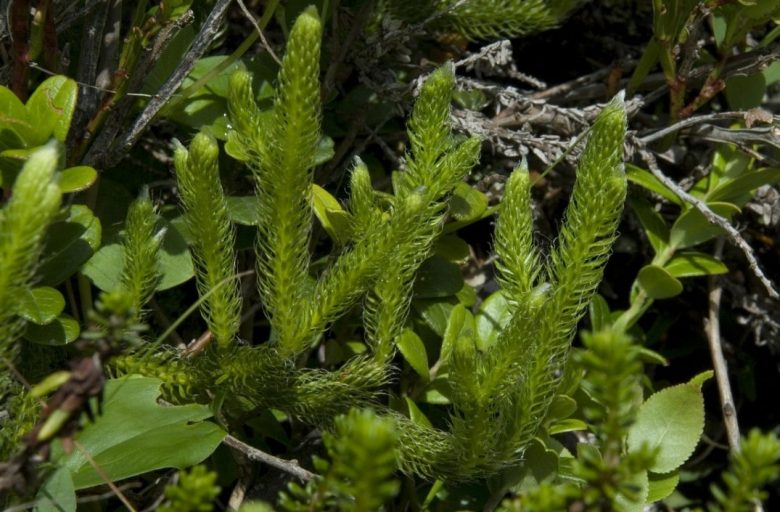
Il - weraq tal - Likopodju they are thin and very numerous on the stem and on the branches. They have an imbricated arrangement, that is, they are arranged like the tiles of a roof, with the base of each leaf covered by the lamina of the previous ones. They have a strictly linear shape and narrow towards the apex, where they end with a long white hair. It is to these details that we owe the name of wolf’s foot.
Another detail that allows you to recognize this plant is that in the lower portion of the branches, the leaves have the margin divided into tiny denticles, while in the upper portion they are more or less whole.
Spori
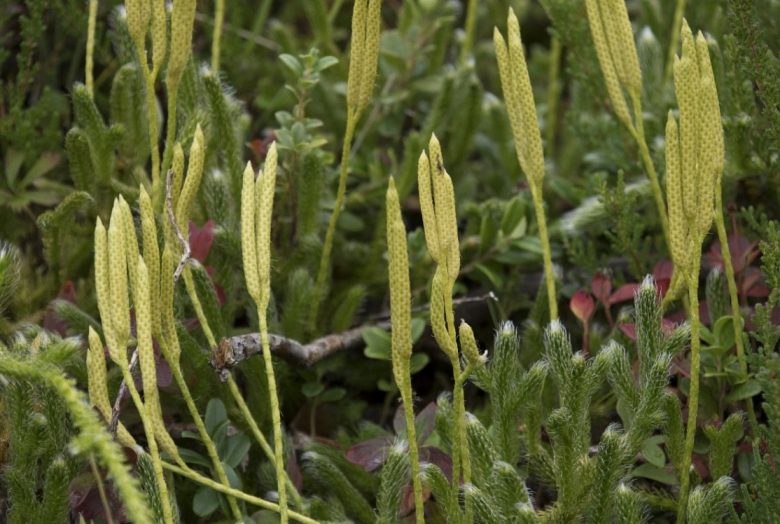
Similarly to what we have seen for some species of ferns, lycopodium also does not produce flowers. At the end of the branches, however, there are long peduncles that carry one or two spikes in the shape of a club. These are composed of numerous oval bracts with a sharp apex, furthermore they carry the sporangia, that is the reproductive organs of the plant, to the armpit. At maturity, these sporangia produce a yellow powder which, seen under a microscope, turns out to be composed of very numerous spores, often aggregated in four by four. This is the famous one lycopodium powder.
Where does Lycopodium clavatum grow?
Lycopodium grows in the mountainous and subalpine areas of the northern regions and up to the northernmost altitudes of the Central Apennines. It prefers cool places, such as woods and mountain pastures. The Lycopodium clavatum it is not present in the south and is considered a protected entity at national level, so the advice on the collection is for information purposes only.
How lycopodium spores are collected
Lycopodium spores are obtained by harvesting the ears in July or August. They are left to dry for a few days on a sheet of paper, then fight to drop the yellow powder made up of spores, the latter being the drug of the plant.
Properties of lycopodium
The following active ingredients are contained in the spores of lycopodium: sugars, fats, waxes, alkaloids such as lycopodine, clavatin and selagine.
The properties that can be exploited in modern herbal medicine are those anti-inflammatory for external use.
Contraindications for internal use
The presence of numerous alkaloids, which can be toxic to the body, strongly advises against the internal use of lycopodium powder, also due to the difficulty of separating the harmful active ingredients. In the past it was used in folk medicine as an antirheumatic, diuretic and laxative.
Indication for external use
For external use, on the other hand, lycopodium powder can be usefully used to decongest and mitigate burning and itching of the inflamed skin, for example as a result of sweat, rubbing of clothes, atmospheric agents. The powder also has the property of drying the macerated areas and avoiding contact between the skin, which is very annoying in deep bedsores. Finally, it is useful on certain skin conditions, such as eczema, herpes, boils and fissures.
If you want to try lycopodium powder, extracted in countries where the cultivation and harvesting of the plant are allowed, the misjuba fi ħwienet speċjalizzati.
Użi oħra
We told you in the beginning that Lycopodium is called witch weed. This reputation is due to the custom of the sorcerers to use the powder in magical potions, in order to drug the victims on duty with the alkaloids contained in the plant.
Another curiosity is that lycopodium dust is highly flammable and has always been exploited for this purpose, from tribal rituals around fire to the fireworks and special effects industry in cinema. The flashes of the first cameras shone with lycopodium dust.
Another practical use of the powder is to light the fire with the flint, a nice resource in emergency situations in the mountains.

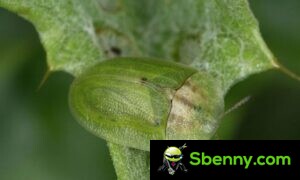
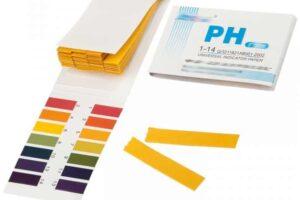
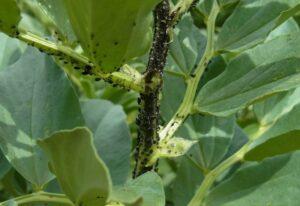

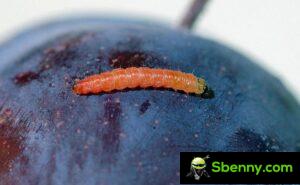
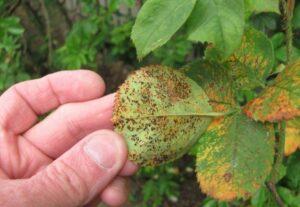
Ibda Thread ġdid